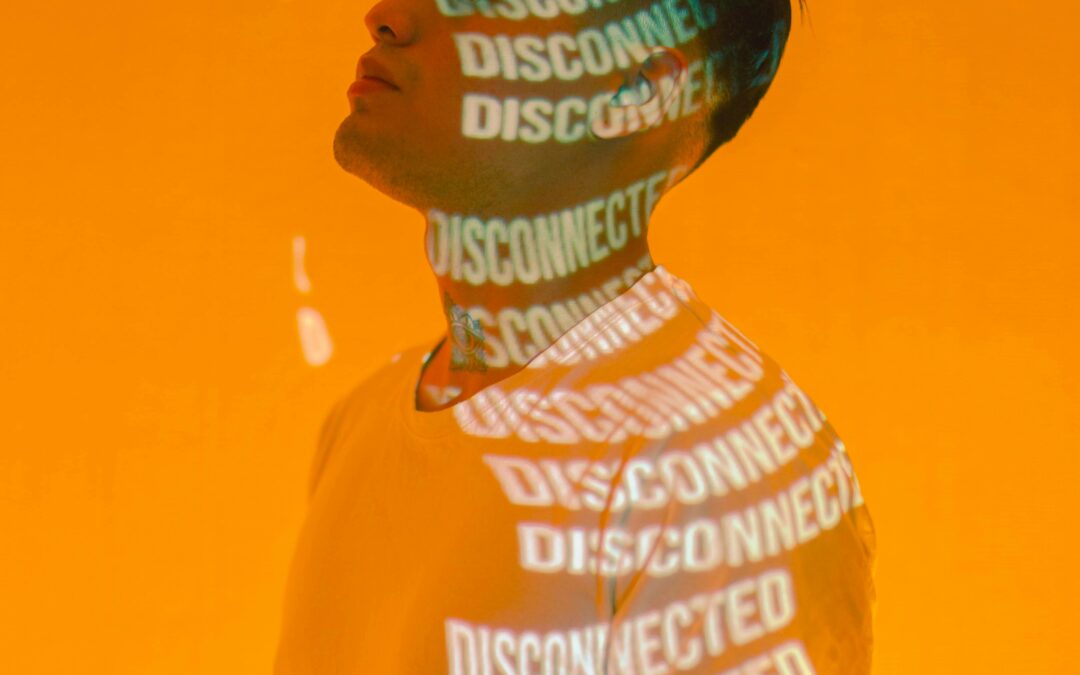Connection has always been at the core of mental health. When young people feel understood and supported, they’re better able to manage stress, build confidence, and find healthy ways to cope. Much of that connection isn’t about words. It’s the tone, eye contact, and presence that communicate safety and care.
As artificial intelligence begins to play a growing role in our daily lives, including in mental health support, we’re learning how technology and human relationships can complement one another, each offering something different and valuable.
Why Connection Matters
Human connection remains one of the strongest protective factors for wellbeing. Research suggests that only about 7% of communication is verbal; the rest comes from nonverbal cues like tone, facial expression, and body language. These subtle signals help young people feel seen, calm, and understood.
When someone takes the time to truly listen, to sit in the quiet moments or respond with warmth, it helps the nervous system regulate and fosters a sense of safety. That shared presence creates space for self-reflection, trust, and emotional growth.
The Role of AI in Mental Health Support
Emerging research, including Use of Artificial Intelligence in Adolescents’ Mental Health Care (Sharma & Yaffe) and Artificial Intelligence in Mental Health Therapy for Children and Adolescents (Vial & Almon), highlights both the potential and the limits of AI in supporting youth mental health.
AI tools can:
- Offer brief support when help isn’t immediately available
- Track moods or identify possible changes in wellbeing
- Provide reminders and coping suggestions
These features can be helpful, especially for youth who face long waitlists or feel hesitant to reach out. Still, AI tools don’t replace human understanding or the safety of a trusted relationship. Algorithms can provide structure and information, but they can’t interpret context, tone, or the deeper meaning behind emotions.
Used thoughtfully — and with professional oversight — AI can supplement care and increase access. But lasting growth still comes from connection, not automation.
Keeping Conversations Real
Even as technology evolves, face-to-face connection remains essential. Real conversations, even imperfect ones, help kids develop emotional awareness, empathy, and trust. They learn that being heard doesn’t mean being “fixed”; it means being accepted.
Simple, open-ended questions go a long way in strengthening that connection:
- “What was the best part of your day?”
- “What made you smile today?”Was there anything thatfelt challenging?”
- These moments of genuine curiosity can help young people feel grounded and cared for, especially in an increasingly digital world.
Finding the Right Balance
AI can play a valuable role in expanding access to care, but it works best when it enhances human connection rather than replacing it. The most effective support comes from a balance — where technology helps us notice patterns, track wellbeing, and stay informed, while relationships provide understanding, empathy, and a sense of belonging.
In this new era, our focus doesn’t need to be on choosing between technology and connection, but on using both thoughtfully to help young people feel supported and truly heard.
A Thought to Leave You With
Technology may change how support is delivered, but connection is still what heals. If your child or teen could benefit from emotional support or counselling, I’m here to help them find calm, confidence, and connection, both online and in person.
Reviewed and edited by Tracy Spear MSW, RSW (Master of Social Work, Registered Psychotherapist) at Finding Solutions Together.



Recent Comments